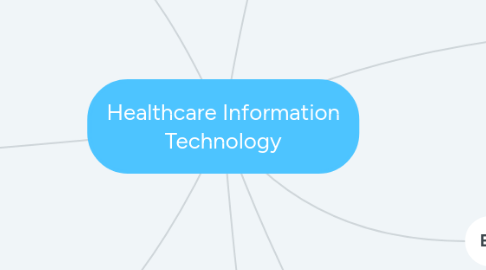Healthcare Information Technology
Door Izzy Vargas


1. Telehealth networks
1.1. Telemedicine is defined as the use of telecommunication technologies to facilitate patient to provider or provider to provider communication. Communication maybe synchronous with real-time 2-way video communication or asynchronous transmission of patient clinical information. In addition to communication, telemedicine may provide health information that is collected remotely from medical devices or personal mobile devices. This information may be used to monitor patients, track or change their behavior.33
1.2. facilitate patient care and keep hospitals free for more severe cases.
2. Intelligent infusion device
2.1. Smart pumps are intravenous infusion pumps that are equipped with medication error-prevention software. This software alerts the operator when the infusion setting is set outside of pre-configured safety limits.23 The only published randomized controlled trial24 on the impact of smart pumps on medication safety has shown that there was no statistical difference between activating the decision support feature on or off the smart pump.
3. Retained surgical items prevention technology
3.1. There are various technologies that are used to enhance the prevention of retained surgical items which include: bar coding and radiofrequency (RFID) tagging of surgical items. A systematic review27 identified 3 studies that evaluated technologies preventing retained surgical items.
4. Electronic Health records
4.1. Keeping patient information organized and accessible.
4.2. health information technology improves patient’s safety by reducing medication errors, reducing adverse drug reactions, and improving compliance to practice guidelines
5. Electronic Physician order (CPOE)
5.1. Computerized physician order entry entails the use of electronic or computer support to enter physician orders including medication orders using a computer or mobile device platform.5 Computerized physician order entry systems were originally developed to improve the safety of medication orders, but more modern systems allow electronic ordering of tests, procedures, and consultations as well.
6. Clinical Decision Support (CDS)
7. Patient Data Management Systems
7.1. Remote patient monitoring
7.1.1. improves patient outcomes for certain chronic conditions including; heart failure, stroke, COPD, asthma and hypertension.
7.1.2. Recent advances in integration have allowed PDMS to be integrated with clinical decision support and the patient’s electronic medical record. A systematic review45 studied the clinical impact of PDMS and found that such systems increased the time spent on direct patient care by reducing the time spent on charting.
